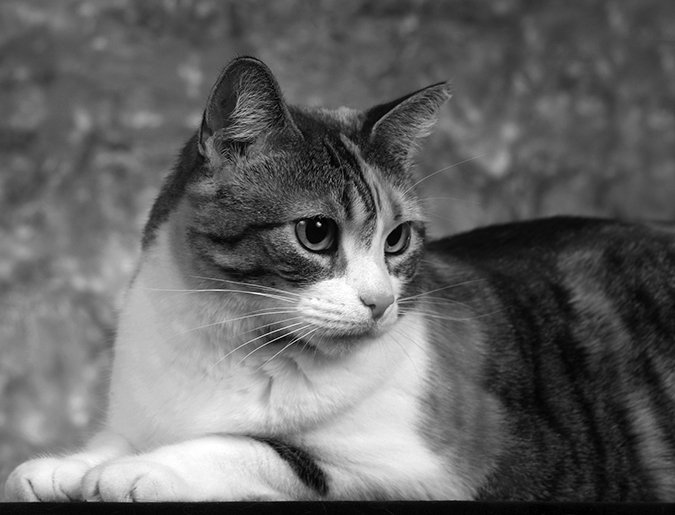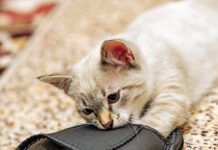Q: I wonder if you can provide some insight into a recent problem. I currently have 12 cats, as I am involved in local TNR (trap/neuter/release) efforts. One kitty showed up at my door about five years ago, when he was about 1 year of age. I had him neutered, gave him his core vaccines and took him in. He has lived as an indoor-outdoor cat with four other cats since then. He recently became lethargic, and I took him to the veterinarian, where he tested positive for both feline immunodeficiency virus (FIV) and feline leukemia virus (FeLV). His red blood cell count was very low. I was floored, and we ultimately decided to euthanize him. I don’t understand how he could have appeared so normal one day and then become so sick the next. Do these diseases always occur together, and aren’t they considered to be a death sentence?

A: I am so sorry to hear about your recent loss. Both FIV and FeLV are categorized as retroviruses, and they are very common in cats. Both are found in approximately two percent of all cats, and although they may infect cats at the same time, this is not always the case. They are part of the same general family, but they differ in a couple of very important ways, so perhaps a discussion of these differences might be helpful.
FIV is transmitted primarily by bite wounds, as it is found in high concentrations in the saliva of infected cats. For this reason, it is possible to house FIV infected cats with non- infected cats without an extremely high risk of transmission as long as the cats do not fight. FIV affects a cat’s ability to mount an immune response against infectious organisms, thereby making infected cats more susceptible to infections by viruses, bacteria and fungi.
Cats who go outside are at an increased risk of FIV infection because they are more likely to fight with FIV-infected cats. There is a vaccine for FIV, but in spite of this, the prevalence of FIV infection in cats has not significantly changed over the past two decades. The average life-span of a cat diagnosed with FIV infection is approximately 5 years.
FeLV can be found in high concentrations in a number of bodily secretions of infected cats, including saliva, nasal secretions, feces, urine and milk. For this reason, FeLV is easily transmitted among susceptible cats by casual contact. FeLV can cause a number of medical problems in infected cats, including certain types of cancer, anemia (low red blood cell count), susceptibility to infections and inflammatory conditions of the eye.
Cats who go outside are also at increased risk of FeLV infection, as are susceptible cats housed with FeLV-positive cats. There is a relatively effective vaccine for FeLV and, due in part to this advance, the prevalence of FeLV infection in cats has dropped precipitously over the past two decades. The average lifespan of a cat diagnosed with FeLV is approximately 2 years.
An important point here is that cats infected with either of these viruses can survive for years, provided that their owners work diligently with their veterinarians to manage them. As with your baby, it is quite common for affected cats to appear outwardly normal for prolonged periods of time before finally showing signs of disease. For some reason, cats have evolved to hide signs of disease in many cases, perhaps because in nature they are actually prey for other species, and an outward appearance of health is an important survival tool.
I hope that this is helpful. It is very important that you discuss the management of your other cats with respect to testing, vaccination and potential isolation of infected cats from non-infected ones to assure their best health with your veterinarian. I would recommend that you do not take any more cats into your household before you do this, and that you keep whatever arrangements that you currently have with respect to who is housed with whom until you have had the chance to consult with your veterinarian.
Best of luck to you and the kitties.
—Sincerely, Elizabeth



